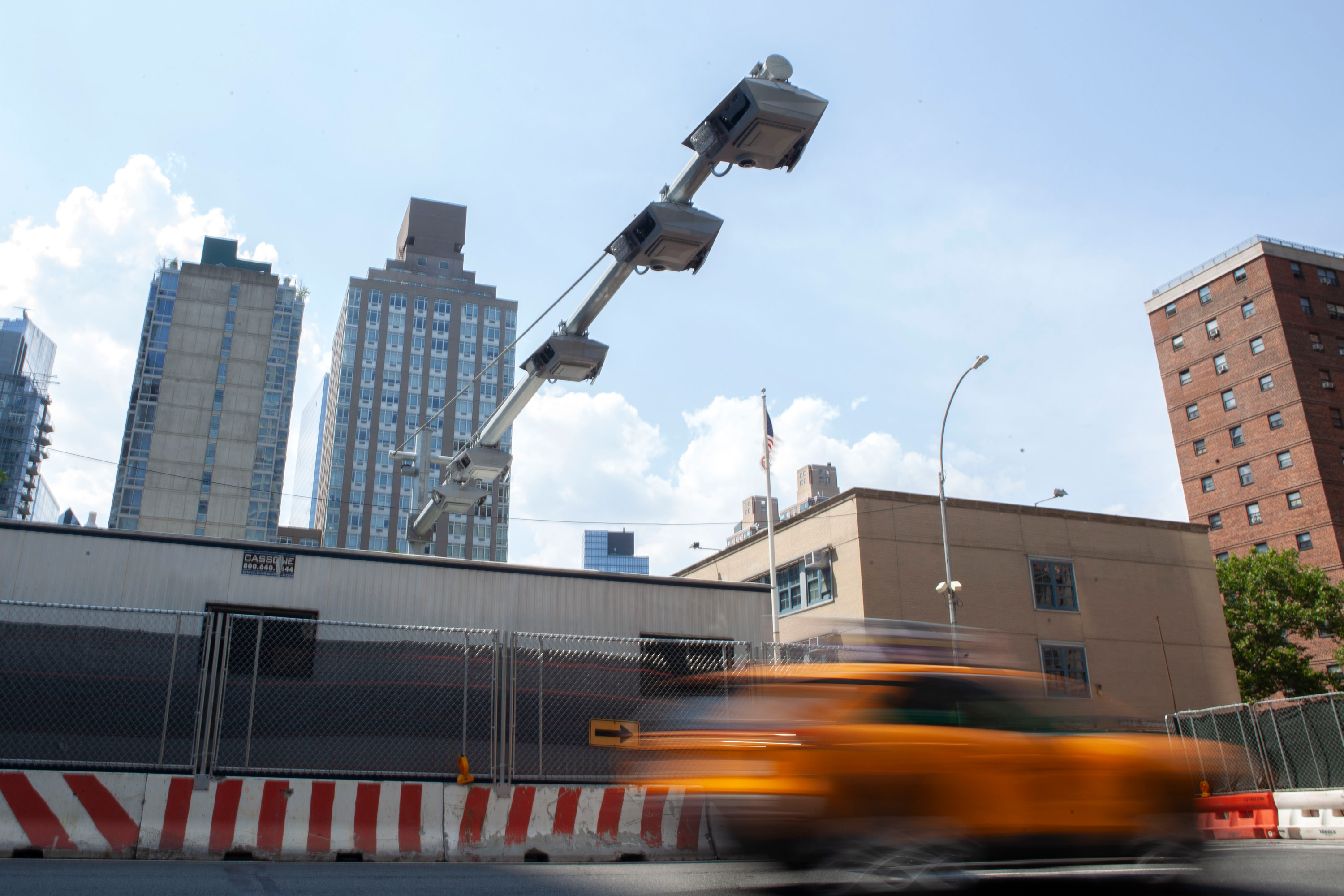As the longest-tenured MTA board member, Andrew Albert has seen the transit agency repeatedly endure financial challenges and public outrage for more than 20 years.
“Let’s see, we’ve had the ‘Summer of Hell,’” Albert said, referring to 2017’s transit woes. “We’ve had pending strikes, we’ve had raucous meetings where we go on about accessibility and there will always be unhappiness over fare increases and service cuts.”
But when the MTA board meets on Wednesday — its first gathering since Gov. Kathy Hochul abruptly paused congestion pricing less than a month before a planned June 30 launch — Albert and other board members told THE CITY they expect a new level of uproar over the governor’s about-face on the vehicle-tolling plan she previously championed.
State lawmakers approved the Central Business District Tolling Program in 2019 as a way to reduce traffic in Manhattan while funding billions of dollars in transit upgrades. Hochul’s June 5 shift away from it now has the agency facing a $15 billion hole in its current five-year $55 billion plan to maintain and expand the regional transportation network.

It has jeopardized major transit projects including making stations accessible and extending the Q line from the Upper East Side to Harlem.
“We’re moving away from a major move toward handicap accessibility, away from [Phase II of] the Second Avenue Subway and new signaling,” said David Jones, another MTA board member. “Now we’re just making sure the wheels don’t fall off.”
While several board members have spoken out against Hochul’s change of heart on tolling motorists going south of 60th Street — there may not be much the panel can do to reverse the move.
“The $15 billion question is ‘Will the board allow Hochul to steamroll them or will they show independence and enforce the original resolution?’” asked John Samuelsen, an MTA board member and international president of the Transport Workers Union.
The labor chief told THE CITY he is curious to see if board members will demand concrete answers from the governor.
The Best Laid Plans
MTA Chairperson & CEO Janno Lieber has promised a “substantive” analysis for Wednesday’s board meeting on how the agency will “reprioritize and resequence and shrink” the largest capital program in agency history. The ambitious blueprint had largely focused on making dozens more stations accessible to people with disabilities, modernizing signals along multiple lines and buying more than 1,000 new subway cars. The next five-year capital plan is due in October.
“This is not something that we do lightly, but we simply cannot award contracts without dedicated funding in place,” Lieber told reporters at a June 10 briefing.
Lieber has said the reconfigured roadmap for the future of the MTA will instead focus on maintenance work that is essential to preserving the safety of a system that moves more than 6 million riders daily on subways, buses and commuter railroads.
That translates, in part, to the MTA putting initial work on Second Avenue Subway Phase II on ice — even as Hochul insists she is committed to funding the eventual extension of the Q line from 96th Street and Second Avenue to the Lexington Avenue line at 125th Street. It also imperils federal funding on many projects, while likely sidelining any work on the Interborough Express, the proposed Brooklyn-Queens light rail line that the governor has long touted.

And it could delay a court mandate that elevators or ramps be installed at almost all of the nearly 500 subway and Staten Island Railway stations as part of the 2022 settlement of lawsuits filed by advocates for people with disabilities.
“This is not a great idea to go into a future where working people are going to depend on a system that is almost certainly going to be struggling to keep its head above water,” Jones said.
Money From Somewhere
Hochul told CNBC Friday that she is working with lawmakers to find an “alternative funding source” to pay for the MTA’s needs while noting how she last year devised a funding strategy that pulled the transit system back from a “fiscal cliff.”
“No one can question my commitment to this lifeline that makes New York City so fabulous and so accessible, we love the subway system,” Hochul said on the cable outlet’s “Squawk Box.”
“I am the biggest supporter of the New York City subway system.”
Without the dedicated funding stream that congestion pricing would offer, transit officials have said it’s simply not possible for the MTA to award contracts for anything but basic maintenance.

Transit advocates said New Yorkers should expect a grim update from the MTA boardroom.
“We will hear the gory details that are the fallout from the governor’s betrayal of riders,” said Danny Pearlstein, policy director for Riders Alliance, an advocacy organization.
“The MTA board will learn the nitty-gritty of what it means to take a hatchet to a capital program that wasn’t just bells and whistles, but an effort to make up for nearly a century of deferred maintenance.”

